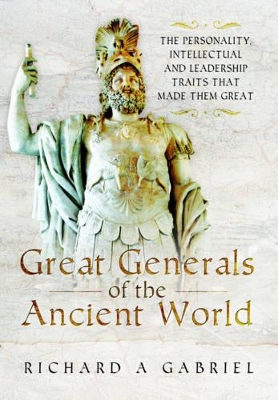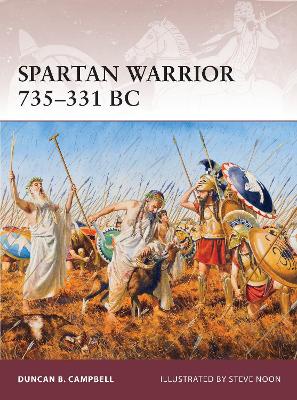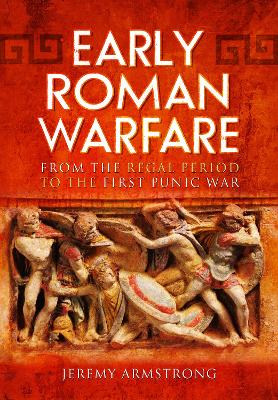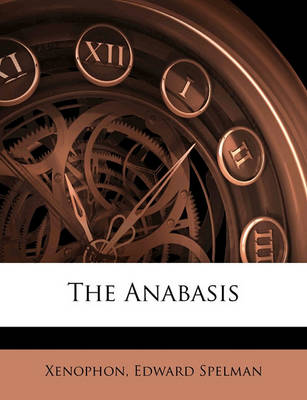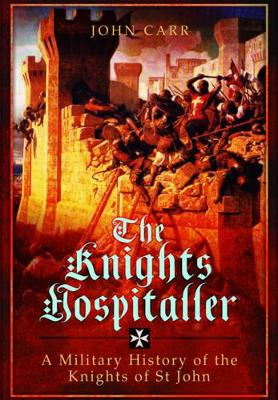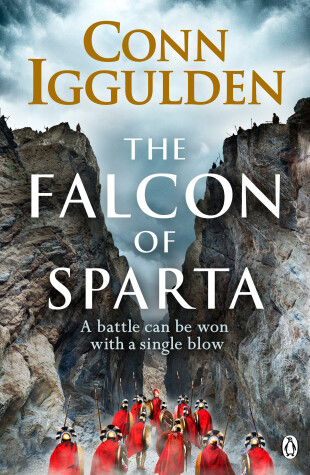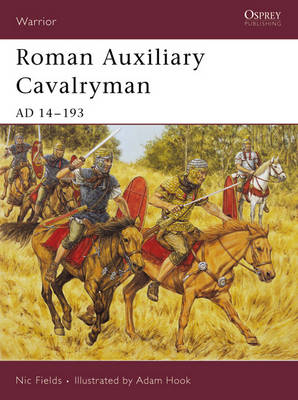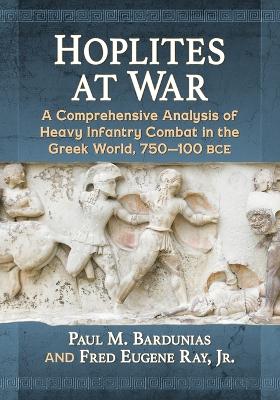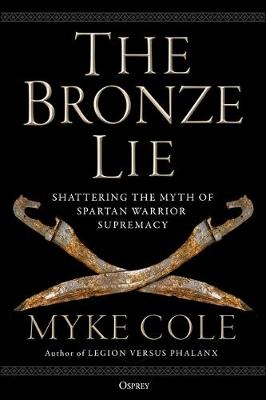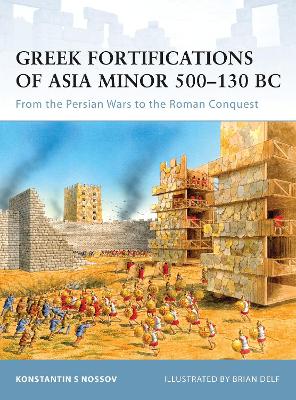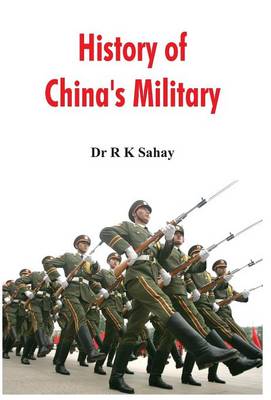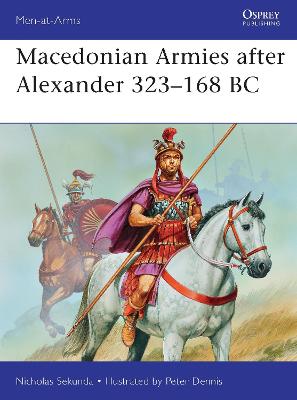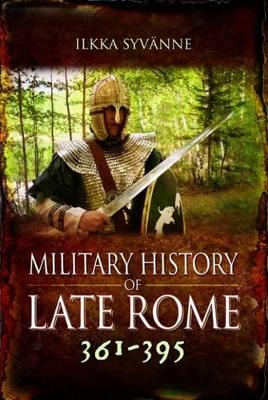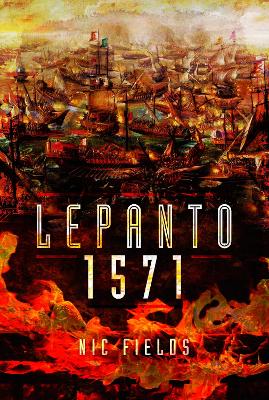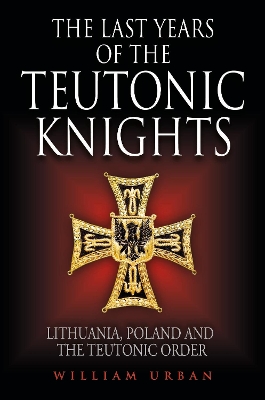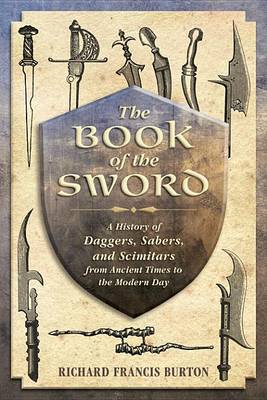Of the thousands of commanders who served in history's armies, why is it that only a few are remembered as great leaders of men in battle? What combination of personal and circumstantial influences conspire to produce great commanders? What makes a great leader great? Richard A Gabriel analyses the biographies of ten great generals who lived between 1481 BC and AD 632 in an attempt to identify the characteristics of intellect, psychology, personality, and experience that allowed them to tread th...
Immortalized through their exploits at the battle of Thermopylae under the legendary Leonidas, as well as countless other victories throughout the classical period, the Spartans were some of the best-trained, -organized and most-feared warriors of the ancient world. The small state of Sparta, known to the Ancient Greeks as Lakedaimon, developed a unique warrior society that used serfs and non-citizens to do all of the manual work, leaving the free-born men of Sparta free to concentrate all of th...
While copious amounts have been written about the Roman army, most study has focussed on the later Republic or the Imperial period when the legionary system was already well-developed. Here Dr Jeremy Armstrong traces the development of Rome's military might from its earliest discernible origins down to the First Punic War. He shows how her armies evolved from ad-hoc forces of warriors organized along clan lines and assembled for the city's survival, to the sophisticated organization of the legio...
Knights Hospitaller: A Military History of the Knights of St John
by John Carr
The Knights of St John evolved during the Crusades from a monastic order providing hostels for Christian pilgrims visiting the Holy Land. The need to provide armed escorts to the pilgrims began their transformation into a Military Order. Their fervour and discipline made them an elite component of most Crusader armies and Hospitaller Knights (as they were also known) took part in most of the major engagements, including Hattin, Acre and Arsuf. After the Muslims had reconquered the Crusader King...
The Spartan legend has inspired and captivated subsequent generations with evidence of its legacy found in both the Roman and British Empires. The Spartans are our ancestors, every bit as much as the Athenians. But while Athens promoted democracy, individualism, culture and society, their great rivals Sparta embodied militarism, totalitarianism, segregation and brutal repression. As ruthless as they were self-sacrificing, their devastatingly successful war rituals made the Spartans the ultimate...
The bestselling author of the Emperor, Conqueror and The Wars of the Roses returns to the Ancient World with a gripping adventure based on an epic true story. 'HIS FINEST NOVEL TO DATE . . . THE BATTLE SCENES ARE THRILLING' SUNDAY EXPRESS___________In the Ancient World, one army was feared above all others. 401 BC. The Persian king Artaxerxes rules an empire stretching from the Aegean to northern India. As many as fifty million people are his subjects. His rule is absolute.But the sons of Sparta...
Drawn from a wide range of warlike peoples throughout the provinces, especially on the fringes of the empire, auxiliaries wer generally not citizens of the Roman empire. The cavalry of the auxilia provided a powerful fighting arm; organised, disciplined and well trained, it was adept at performing both skirmish and shock action. This book details the many roles of the Roman auxiliary cavalryman, including reconnaissance, communication and policing duties, as well as his role in battle. Motivatio...
It has been 2500 years since the Greek heavy infantry known as hoplites dominated the battlefield. Yet they still capture the imagination today, through a wave of successful action films, novels and documentaries. The mass-media popularity of these famed warriors has, however, helped spawn a number of misconceptions about them. Drawing on classical literature, archaeology and the latest data from physical, behavioral and medical science, this study of hoplite equipment, tactics and command seeks...
The war of 337-363 (which the author dubs the 'Nisibis War'), was an exception to the traditional Roman reliance on a strategic offensive to bring about a decisive battle. Instead, the Emperor Constantius II adopted a defensive strategy and conducted a mobile defence based upon small frontier (limitanei) forces defending fortified cities, supported by limited counteroffensives by the Field Army of the East. These methods successfully checked Persian assaults for 24 years. However, when Julian be...
Why did the Peace of Nicias fail to reconcile Athens and Sparta? Donald Kagan examines the years between the signing of the peace treaty and the destruction of the Athenian expedition to Sicily in 413 B.C. The principal figure in the narrative is the Athenian politician and general Nicias, whose policies shaped the treaty and whose military strategies played a major role in the attack against Sicily.
The Spartan hoplite enjoys unquestioned currency as history's greatest fighting man. The last stand at Thermopylae made the Spartans legends in their own time, famous for their ability to endure hardship, control their emotions, and to never surrender - even in the face of impossible odds, even when it meant certain death. Was this reputation earned? Or was it simply the success of a propaganda machine that began turning at Thermopylae in 480 BC? Covering Sparta's full classical history from th...
Greek Fortifications of Asia Minor 500-130 BC (Fortress, #90)
by Konstantin Nossov and Konstantin S Nossov
Sandwiched between the heart of ancient Greece and the lands of Persia, the Greek cities of Western Anatolia were the spark that ignited some of the most iconic conflicts of the ancient world. Fought over repeatedly in the 5th century BC, their conquest by the Persians provided a casus belli for Alexander the Great to cross the Hellespont in 334 BC and launch the battle of Granicus and the sieges of Miletus and Halicarnassus. A blend of Greek and Asian styles of military architecture, these fort...
Macedonian Armies after Alexander 323–168 BC (Men-at-Arms)
by Nicholas Sekunda
The death of Alexander the Great in 323 BC threw the Macedonians into confusion; there was no capable heir, and no clear successor among the senior figures in Alexander's circle. Initial attempts to preserve the unity of Alexander's conquests gave way to a period of bloody and prolonged warfare. For well over a century the largely mercenary armies of Alexander's successors imposed their influence over the whole of the Near East, while absorbing local military practices. After Rome's decisive def...
This is the second volume in an ambitious series giving the reader a comprehensive narrative of late Roman military history from AD 284-641. Each volume (5 are planned) gives a detailed account of the changes in organization, equipment, strategy and tactics among both the Roman forces and her enemies in the relevant period, while also giving a detailed but accessible account of the campaigns and battles. This volume covers the tumultuous period from the death of Constantius II in AD 361 to the...
The battle of Lepanto has long been considered one of the decisive naval battles of history. Yet, the savage fighting on Sunday, 7 October 1571 left the strategic map unchanged and the defeated Ottoman Turks were able to replace their losses and launch a new fleet the following year. Nic Fields re-examines the battle and concludes that, while it merely confirmed a strategic reality that had already emerged during the 16th century (i.e. that naval supremacy lay with the Sublime Porte in the easte...
The Battle of Grunwald was one of the largest battles in Medieval Europe and was the most important in the histories of Poland and Lithuania. It was fought on 15 July 1410 during the Polish-Lithuania-Teutonic War between the alliance of the Kingdom of Poland (led by King Jagiello) and the Grand Duchy of Lithuania (led by Grand Duke Vytautas) against the German-Prussian Teutonic Knights (led by Grand Master Ulrich von Jungingen) and with the assistance of Sigismund, then King of Hungary and Croa...
In 48 BC, the stage was set for the final clash of the two titans of the Roman world and the odds were heavily in Pompey's favour, with 45,000 men against Caesar's 22,000. Having the dice loaded against him, however, seems to have stimulated Caesar's guile and genius for battle: guessing that Pompey would attempt to overwhelm his right wing with his cavalry, he concealed elite cohorts of legionnaires behind his own cavalry with orders to use their stabbing spears against the faces of the enemy....
"The history of the sword," the author writes in his introduction, "is the history of humanity." For centuries, the sword has been a symbol of power, strength, liberty, and courage. In the Middle Ages, the image of a sword was used to signify the word of God. Nearly every culture in history has forged blades from stone or steel to fight in times of battle and protect in times of peace. In this groundbreaking work, Richard Francis Burton, explorer, translator, scholar, and swordsman, draws on a...
Conflict was rife among the Greeks of the Classical period, including some of the most famous wars and battles of the whole ancient period, such as the defeat of the Persians at Marathon, the Spartans' heroic last stand at Thermopylae, the gruelling Pelopponesian War and the epic March of the Ten Thousand. The Greek heavy infantry spearmen, or hoplites, are one of the most recognizable types of ancient warrior and their tighly-packed phalanx formation dominated the battlefield. Covering the peri...
Reconstructing Ancient Linen Body Armor
by Gregory S. Aldrete, Scott M. Bartell, and Alicia Aldrete
Alexander the Great led one of the most successful armies in history and conquered nearly the entirety of the known world while wearing armor made of cloth. How is that possible? In "Reconstructing Ancient Linen Body Armor", Gregory S. Aldrete, Scott Bartell, and Alicia Aldrete provide the answer. An extensive multiyear project in experimental archaeology, this pioneering study presents a thorough investigation of the linothorax, linen armor worn by the Greeks, Macedonians, and other ancient Med...
This is a narrative history of England and France during the Hundred Years War, from the triumphs of Henry V to the defeat of England and the loss of Gascony and Bordeaux – a huge blow to English prestige. It is a military history with technical detail, linked to high politics, courtly intrigue, dynastic ambition, and economic interest(the Bordeaux wine trade). The story develops after the death in 1422 of two kings: Henry V of England, soon after his military triumphs, and Charles VI of France....
